Check out before these deals are gone!


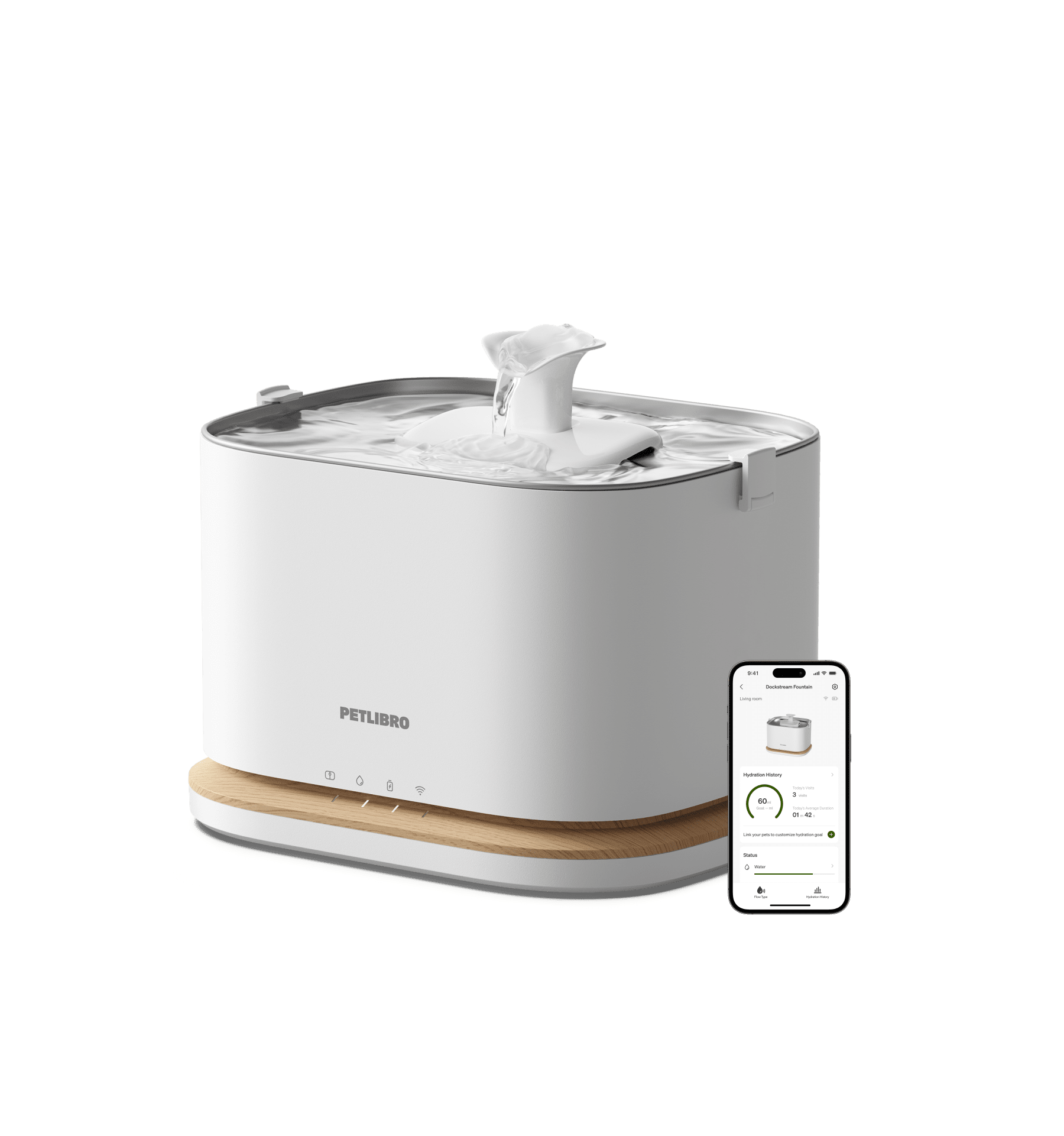
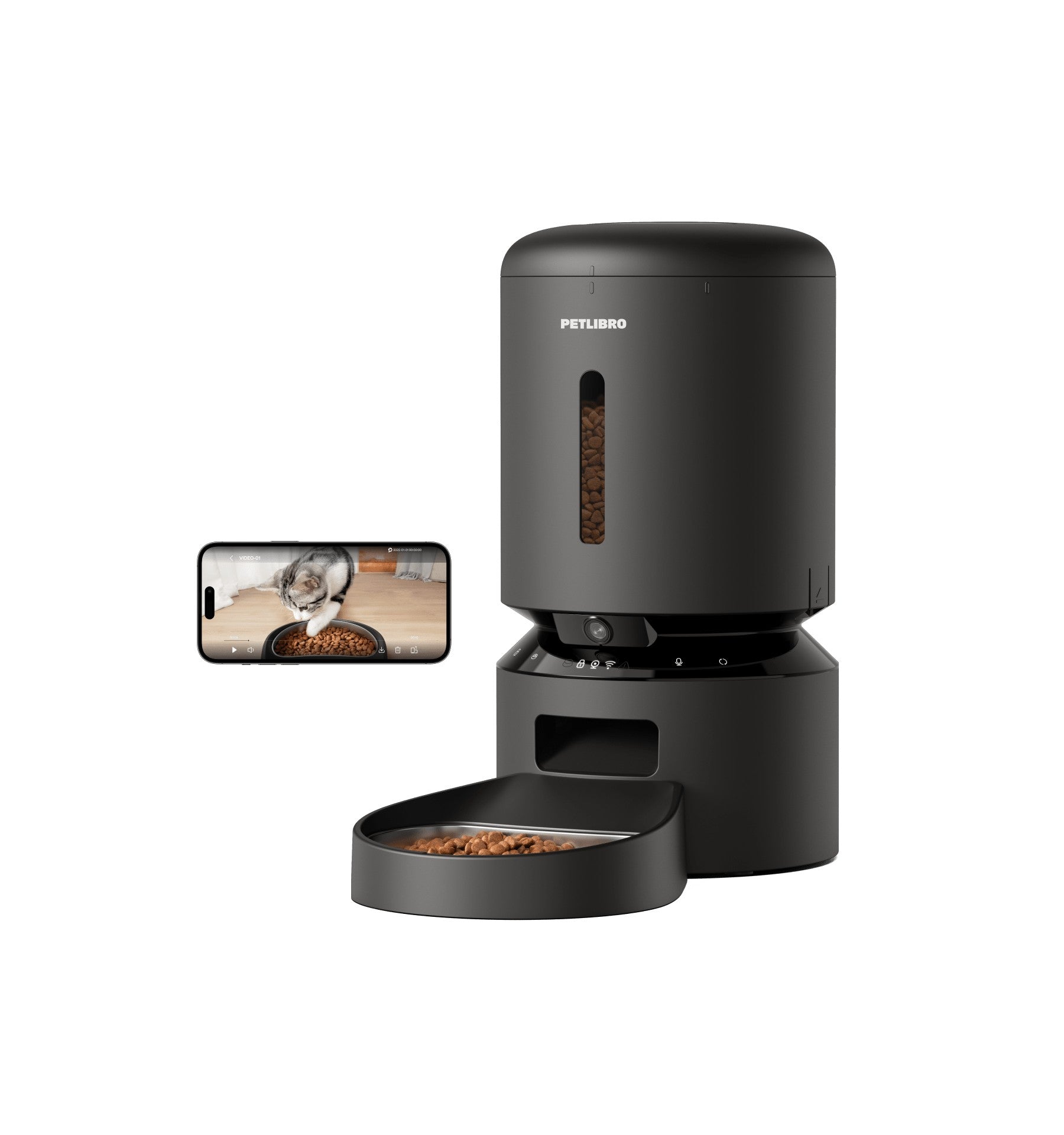
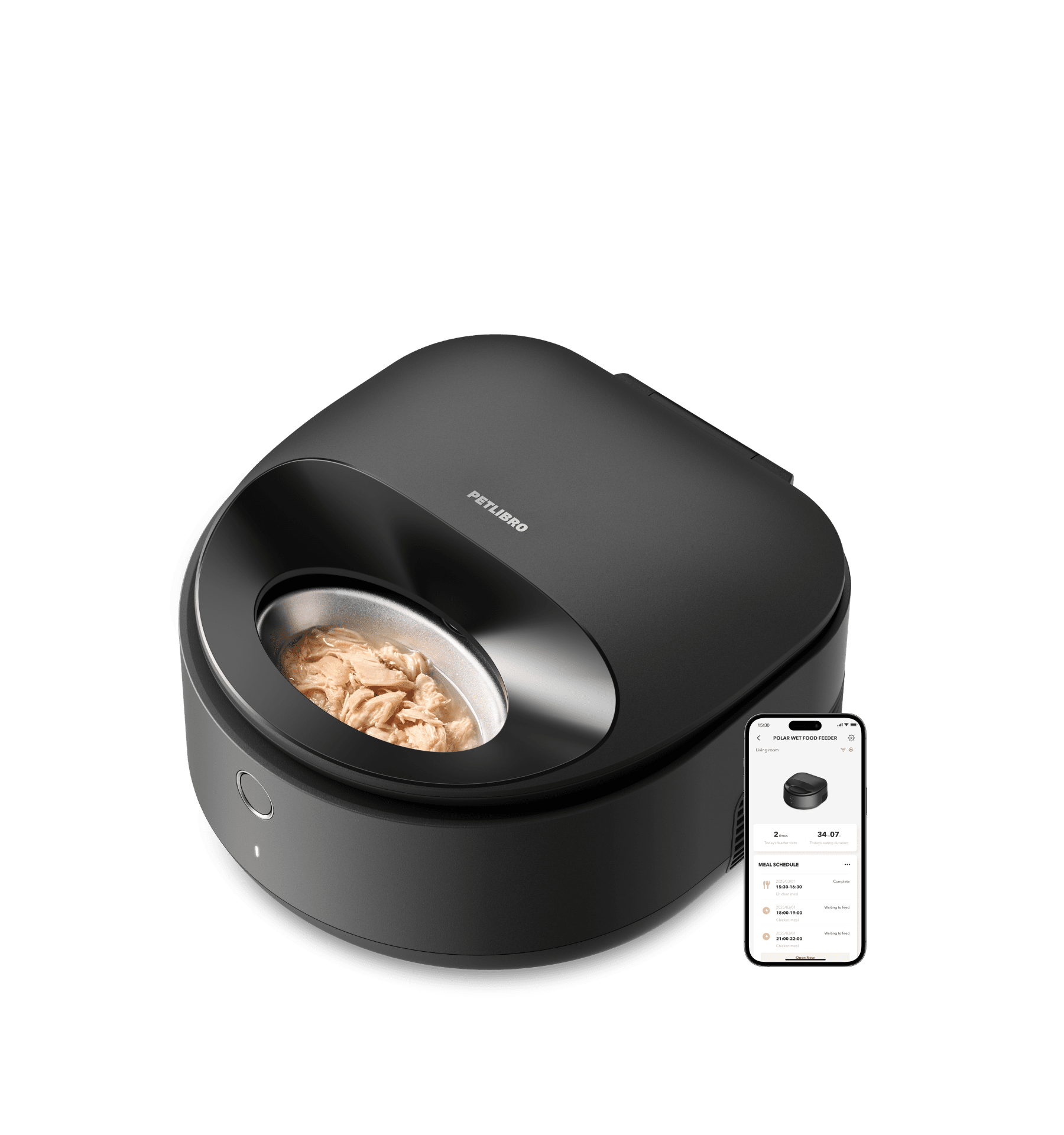
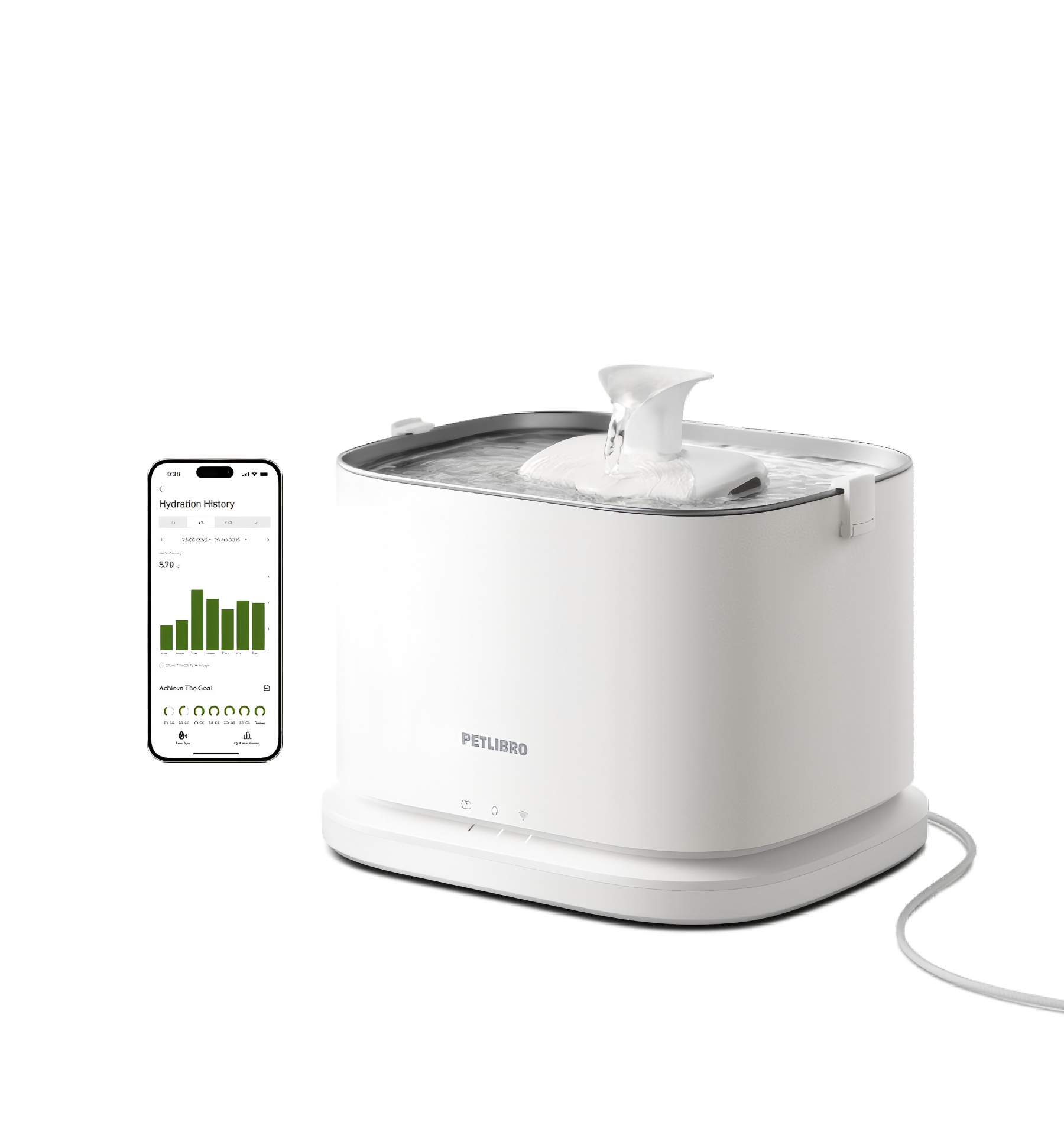
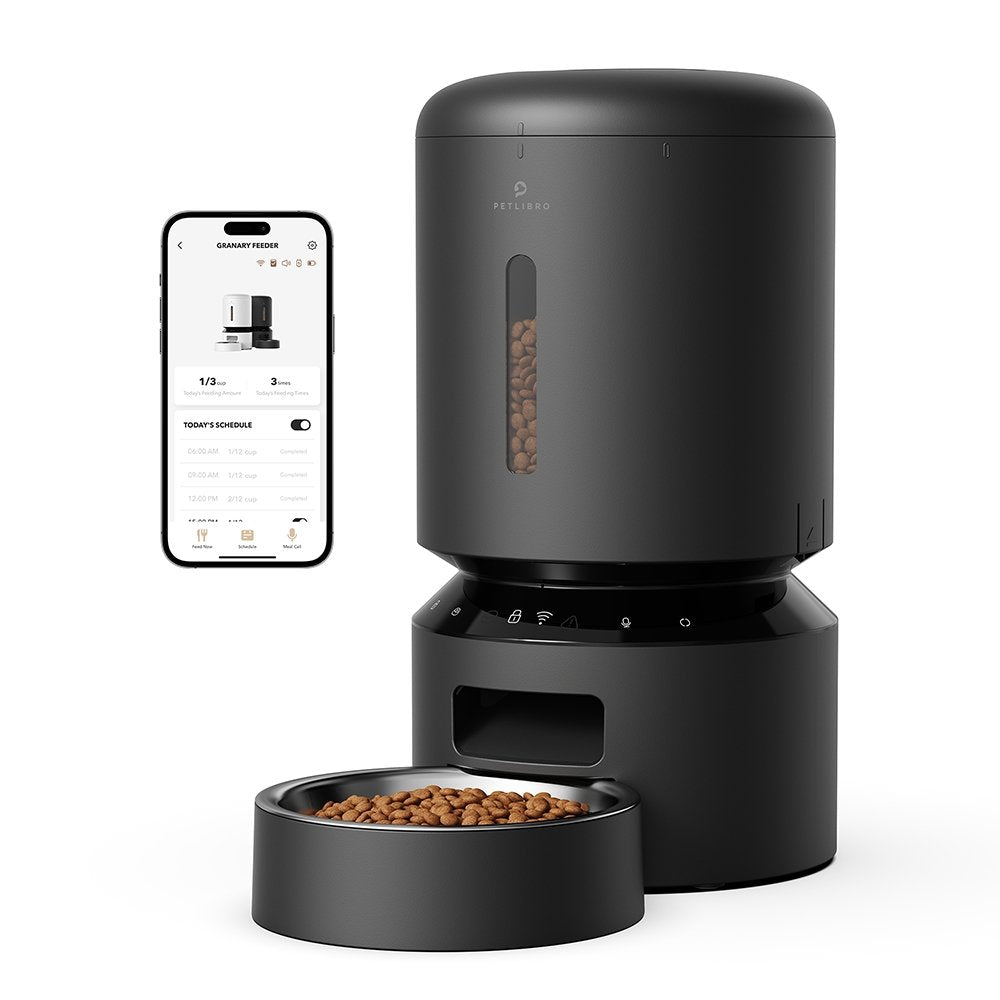
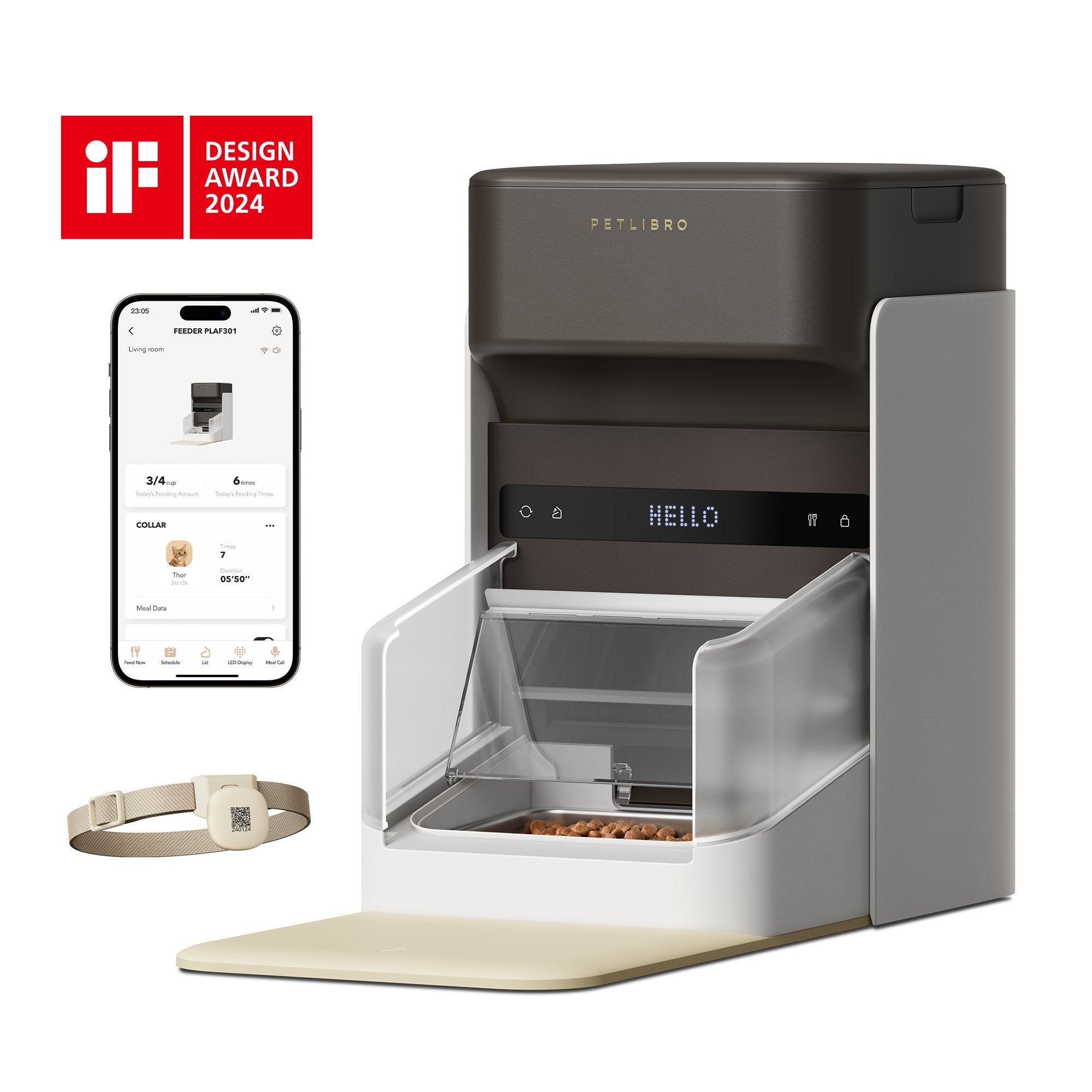
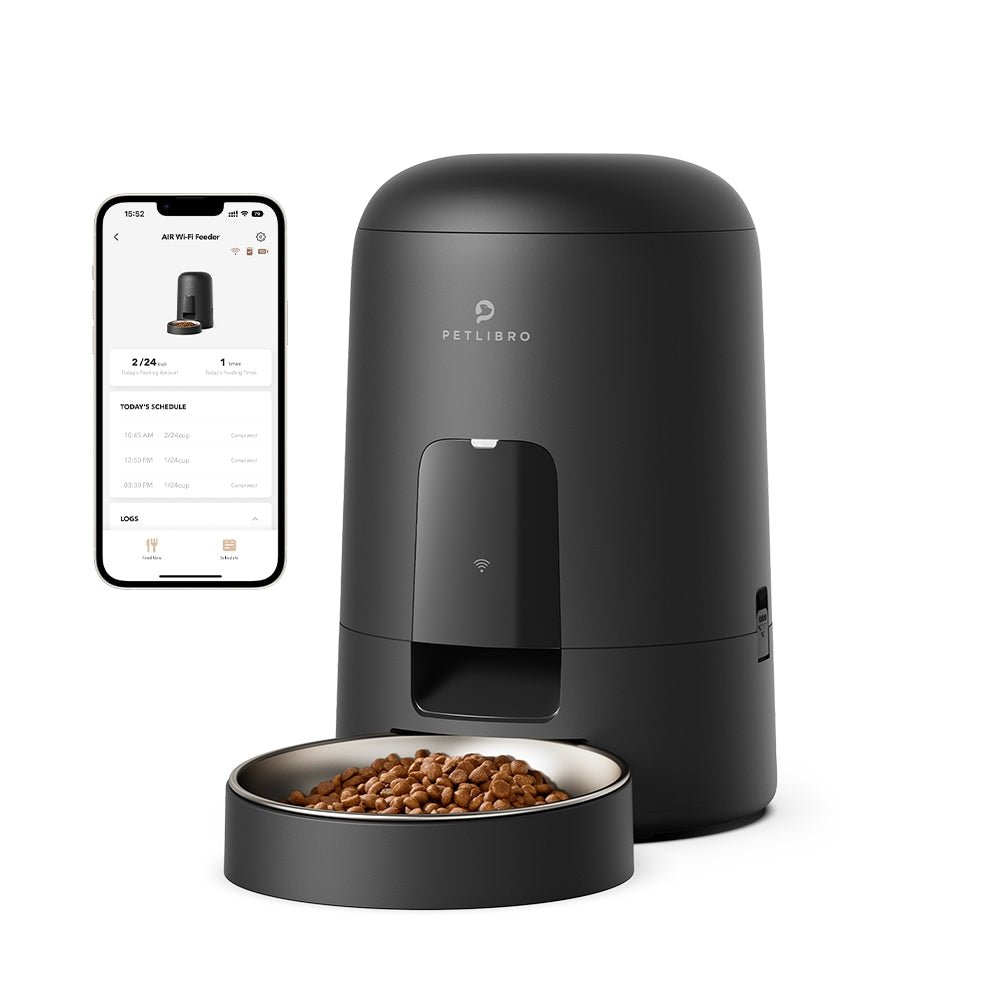






















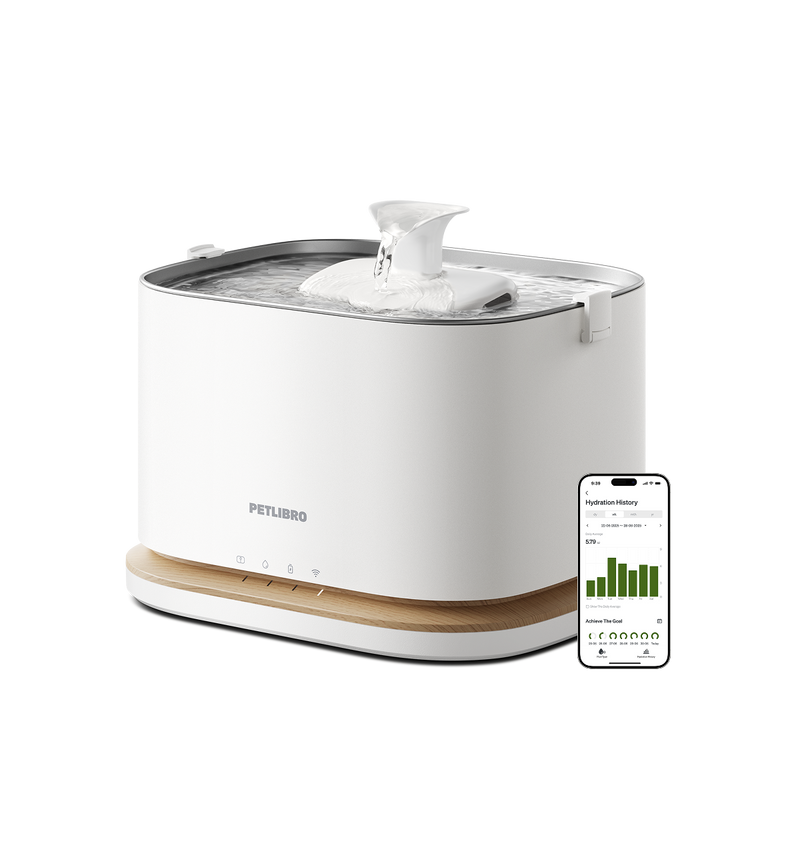
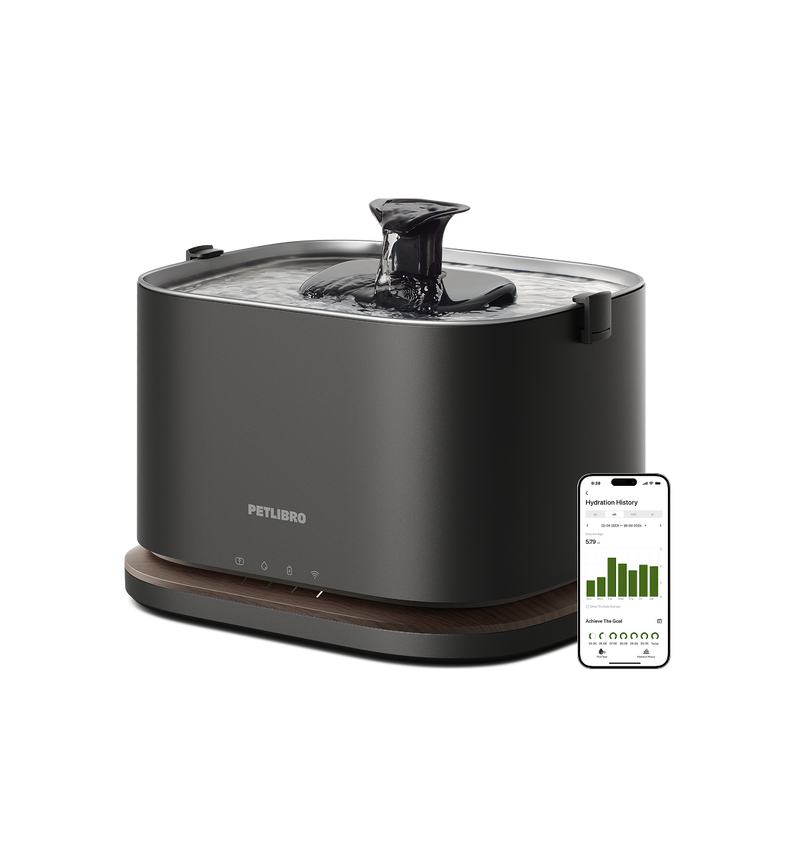
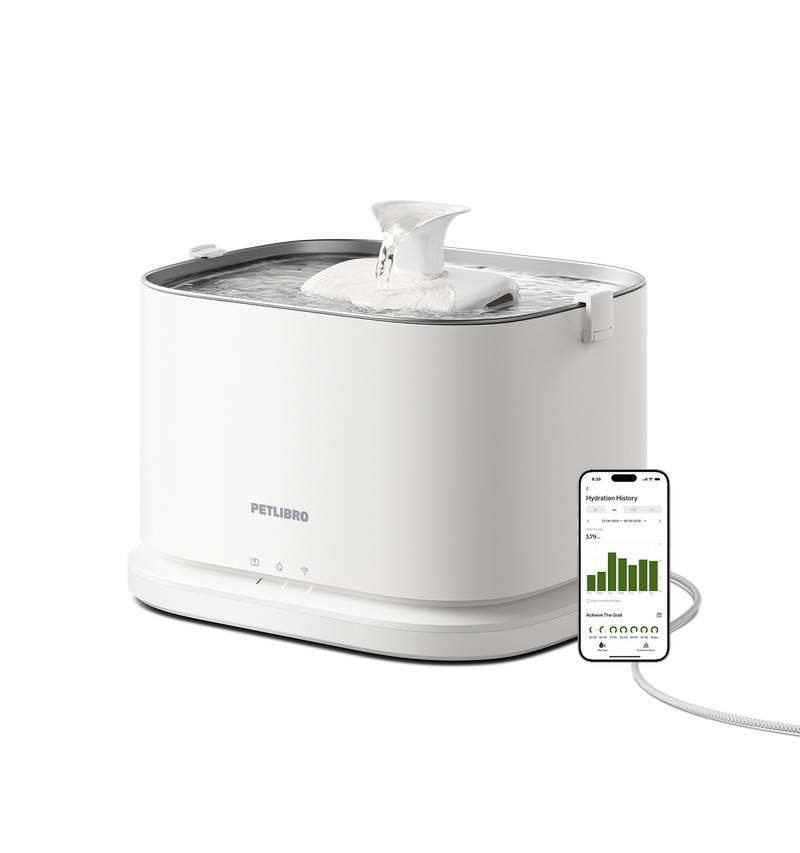
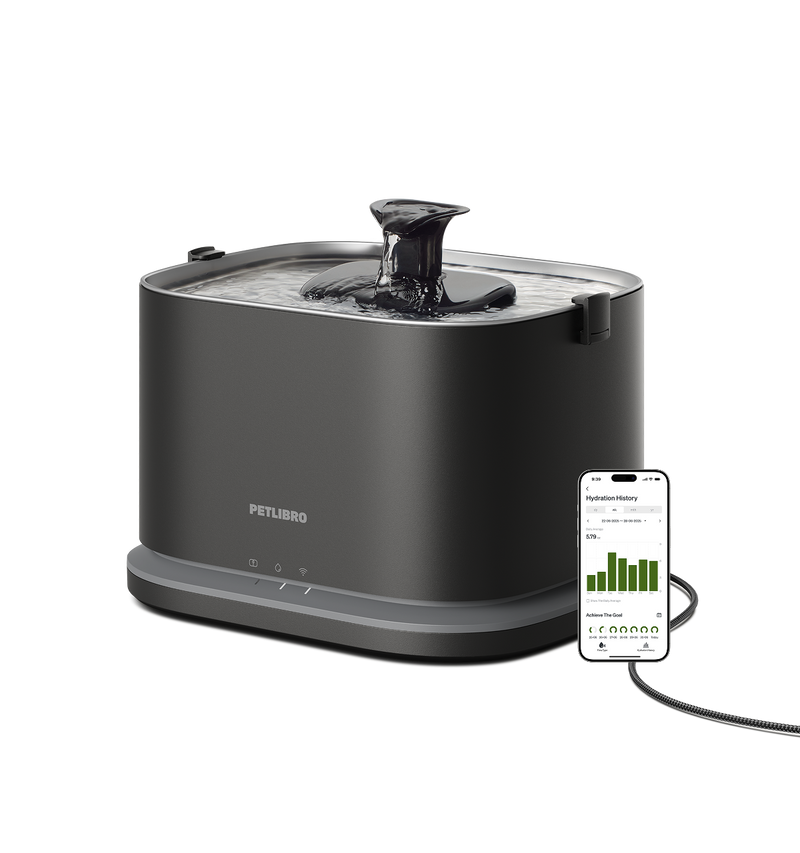










By subscribing, you agree to receive email marketing from Petlibro. Privacy Policy | Terms of Service


*Voucher is non-refundable and only one can be used per order, starting 11/13.


By subscribing, you agree to receive email marketing from Petlibro. Privacy Policy | Terms of Service


Code is valid for 72 hours and can be used for one order only. Code can’t be combined with other codes.
Discounts cannot be used toward new product launches.
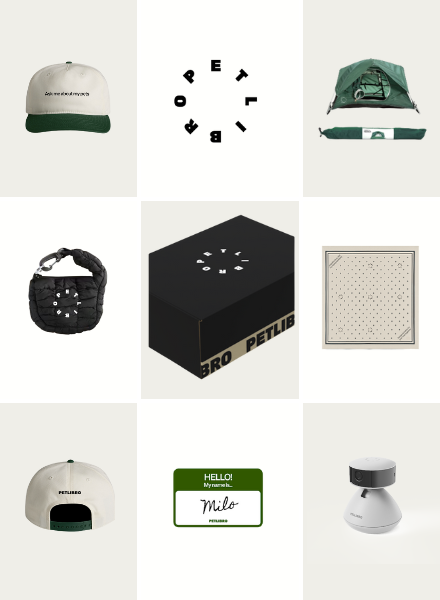
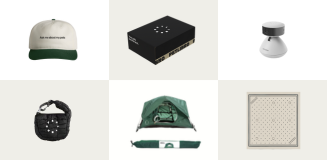
Open to legal U.S. residents, 18 years or older. Void where prohibited. Giveaway begins on 08/26/2025 and ends on 09/15/2025 at midnight PST. Three winners will each receive a limited-edition Petlibro PR Kit, which includes the Scout Smart Camera and select branded merch. Winners will be chosen at random and notified via Instagram or email (depending on entry format) by 09/30/2025. If a winner does not respond within 48 hours, another may be selected. Odds of winning depend on the total number of eligible entries received. Only one email entry per person will be counted, though additional entries may be submitted through the bonus methods described above. Petlibro is not liable for any issues that arise from participation or use of the prize. Personal information will be collected and handled in accordance with our Privacy Policy.


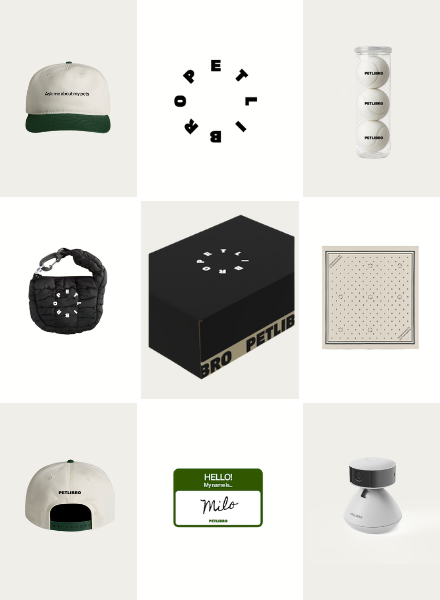
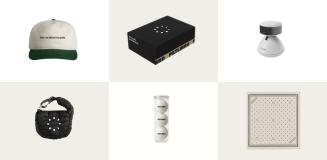
Open to legal U.S. residents, 18 years or older. Void where prohibited. Giveaway begins on 08/26/2025 and ends on 09/15/2025 at midnight PST. Three winners will each receive a limited-edition Petlibro PR Kit, which includes the Scout Smart Camera and select branded merch. Winners will be chosen at random and notified via Instagram or email (depending on entry format) by 09/30/2025. If a winner does not respond within 48 hours, another may be selected. Odds of winning depend on the total number of eligible entries received. Only one email entry per person will be counted, though additional entries may be submitted through the bonus methods described above. Petlibro is not liable for any issues that arise from participation or use of the prize. Personal information will be collected and handled in accordance with our Privacy Policy.


It’s a sweltering summer day. Temperatures are in the high 80s. A quick glance at the weather app on your phone reveals its set to creep into the low 90s in the afternoon. As a proud pet parent, you know it's your job to keep your pets hydrated.
However, how do you accomplish this? Sometimes your cat and dog are totally disinterested in drinking from their water bowl. And anyways, aren’t cats descended from desert-dwelling felines? They don’t require that much water, right?
Your cat’s ancient ancestors can be traced back to desert-dwelling wildcats between 70,000 and 100,000 years ago. This ancestry has given rise to the myth that modern cats share a similar trait to the thorny devil and the camel—the ability to survive and thrive on very little water. This is false.
Like humans, cats require around-the-clock access to fresh drinking water to avoid dehydration—perhaps even more so. While 60% of a human’s body weight is made up of water, for cats this number climbs to 80%. And the same is true for dogs.

While the exact amount varies depending on breed, environmental factors, and more, we’ve compiled a basic guide for how much water your pets need per day.
The amount of water your cat or dog requires depends on their size and body weight. Heavier dog breeds such as malamutes need more water per day than, say, your average cat or chihuahua.

Dehydration sets in when your fur baby isn’t consuming enough water. If left untreated, dehydration can lead to serious health complications, so it’s critical to your pets’ wellbeing that you’re aware of the signs of dehydration in cats and dogs. Here’s what to look out for:
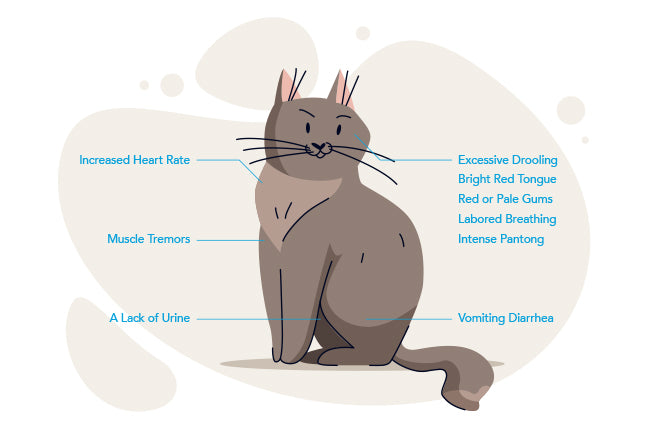
Cats or dogs leaving food untouched is never a good sign. One major reason for this sudden lack of love for food could be due to dehydration.
Cats and dogs love to sleep. However, if your pet is dehydrated, you might notice them acting sleepier or lazier than usual. Perhaps they’re not as playful. Or they’re ignoring you when you arrive home. These changes in behavior could indicate dehydration.
Pets use panting as a way to cool themselves down. They don’t do this often, usually only panting after having exerted themselves. However, excessive panting is unusual and might be a sign of dehydration.
Keep track of any changes to your pet’s urination. A lack of peeing could be due to your pet not consuming enough water.
Behavioral changes aren’t the only indications you can use to check if your pet is dehydrated. A lack of water in the body can also result in notable changes to your pet’s appearance. Here are changes to keep an eye on:
As a skilled pet parent you’ll know cats and dogs can be very picky. This can even include drinking water. Some pets refuse to drink from water bowls. This might seem strange to you, however there’s an evolutionary reason behind this peculiar behavior.
In the wild, stagnant water (water that has no current or is not flowing) sounds the alarm bells into an animal’s brain. These pools of water are ideal breeding grounds for bacteria, parasites, and other nasty things that could harm an animal’s health.
Many animals have evolved to avoid such water sources. Because cats and dogs are descended from wild animals, they too have this in-built safety system. Unfortunately, this often manifests itself as a dislike for drinking water from pet bowls. So what can you do to solve this?

The easiest way to get an automatic pet water fountain. Rather than a static pool of water, a pet water fountain creates a constant flow of water akin to a natural spring. Pets feel safe drinking from the fountain as the water is flowing and therefore fresh.
This freshness is usually achieved thanks to an advanced filtration system. The Petlibro Capsule Water Fountain, for example, uses a 5-level filtration system to ensure your pets have a 24/7 flow of fresh, clean water. The system filters out hair and other debris to remove odors and impurities, providing purified water for your pet, similar to the filtration system on the Petlibro Stainless Steel Water Fountain. You can even adjust the flow of water for both these automatic pet water fountains, tailoring it to your pet’s preferences.

Another trick you can use is switching the position of your pet’s new water fountain. Sometimes just changing the location of the water bowl or cat water fountain can snap your furbaby out of their distaste for hydration.